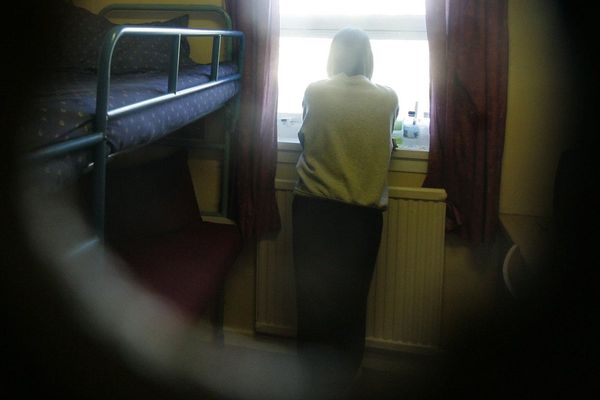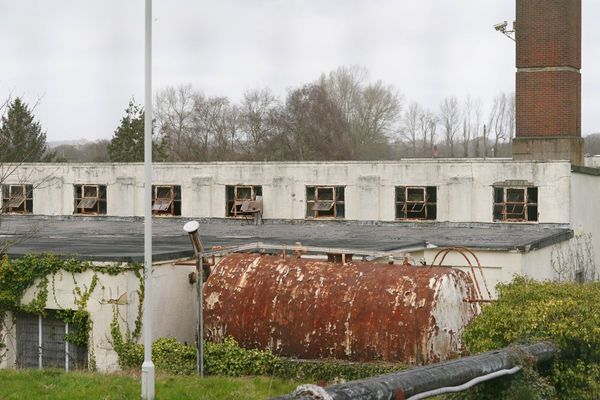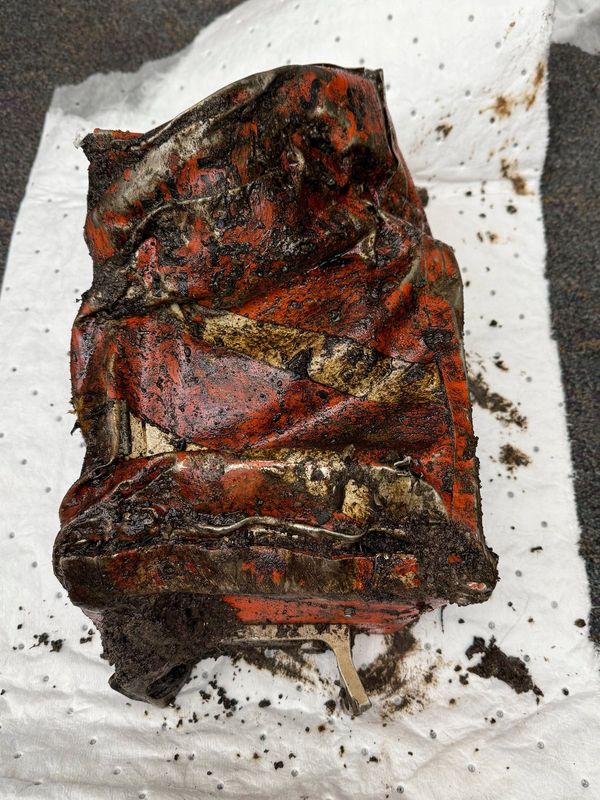
Outlet after outlet has quickly diagnosed Trump’s victory: it’s the economy, stupid.
The Washington Post sardonically cited the Manhattan Institute’s Brian Riedl: “It turns out voters really dislike inflation.”
We can expect months of haughty analysis about inflation in the United States, and probably another round of it after the 2025 Australian election, no matter the result.
Australia’s political and institutional classes are sharpening their teeth for the inflation tussle as our own federal election nears.
Albanese is talking up the September inflation figures returning to the RBA’s target 2-3% band. Dutton is shouting from the sidelines about IMF inflation predictions for 2025.
But what is not on the political agenda is any serious reassessment of Australia’s broken wages system and the ability of workers to take action to increase their pay
The problem with consumer prices
The problems with the consumer price index are well known: its exclusion of mortgage payments, a constantly changing basket of goods, and a non-intuitive flow measure obscuring cumulative changes to affordability.
But it’s the “consumer” part rather than the price index part that gets us most lost. A fixation on inflation leaves out where most families in Australia get their income from: their wages.
It is striking that in line with Harris’ ill-fated promises to consumers, both Albanese and Dutton have presented their own meagre proposals to the stop price gouging of the supermarkets.
They are tackling the cost of living crisis as a consumer issue. They are operating within the inflation-fixation of the neoliberal mainstream.
Workers going backwards
Workers’ wage levels paint a much graver picture. On the RBA’s CPI predictions, workers will not get back to 2011 levels until 2026. That gets worse if we include mortgages.
This graph shows the post-COVID decimation of real wages for two groups of NSW workers, using the Living Cost Index for Employees, a measure that does just that.
Nurses and midwives are worse off than in January 2024. Workers at Sydney Trains haven’t seen real wages this low since 2012.
For a worker sitting at the bottom end of that graph, all the touted cost of living relief looks pale. Albanese’s $300 energy rebate or tweaks to HECS or tax cuts are barely going to register.
These are minor tweaks around what is rightly called a cost of living crisis.
These workers are not simply waiting to punt at the next election as to who might throw a couple of meagre allowances their way.
Sydney Trains workers are currently demanding 8% per year over four years and are threatening network disruptions over the coming months to win it.
Nurses and midwives are on strike this Wednesday, demanding a 15% increase to catch up with lost wages.
The biggest economic risk for Australian workers is that these campaigns become isolated and accept the minor pay rises currently being offered by NSW Premier Chris Minns.
A far more useful use of our time than pontificating about inflation and Trump would be to send our solidarity to the nurses, midwives and train workers currently campaigning against the crisis, or to construction workers stripped of the democratic right to elect their own leadership.
Industrial Relations and the Right to Strike
Perhaps we can all agree that it is the economy, stupid; the question is what to do about it.
The media is debating whether Albanese has got the balance right, not unlike the debates over Biden in the US. Greg Jericho argues Albo’s cost of living relief has worked. SMH economics editor Ross Gittins says cost of living is “the one thing” we can’t blame Albanese for, while the AFR’s Phillip Coorey is more circumspect about whether people feel better off than three years ago.
Coorey’s assessment looks more on the money. But changing that will need more than meagre tweaks, but rather questioning the laws governing strikes. Australia has some of the most restrictive rules surrounding the right to strike in the developed world.
Strikes in solidarity with other workers or over political issues are banned entirely. Strikes over local economic conditions are lawful only in the period after the expiry of an agreement. Even then, unions need to run Protected Action Ballots, often costing thousands of dollars, to ensure that a majority of their members vote, with a majority in favour of any proposed action. There are innumerable more hoops that it would be tedious to outline.
Such laws cripple workers’ ability to stand against roaring inflation, and workers’ ability to combine across industries to challenge the decision-makers (in this case, the NSW government). Nurses sit outside these laws, but can still face heavy penalties for defying their own industrial court.
Until the right to strike is on the agenda, rather than the measly cost of living adjustments currently up for debate, wages will stagnate and fall. As will the vote of the major parties who preside over these falls.
The living analyses of nurses and train workers are far more astute than those of Australia’s political class.







